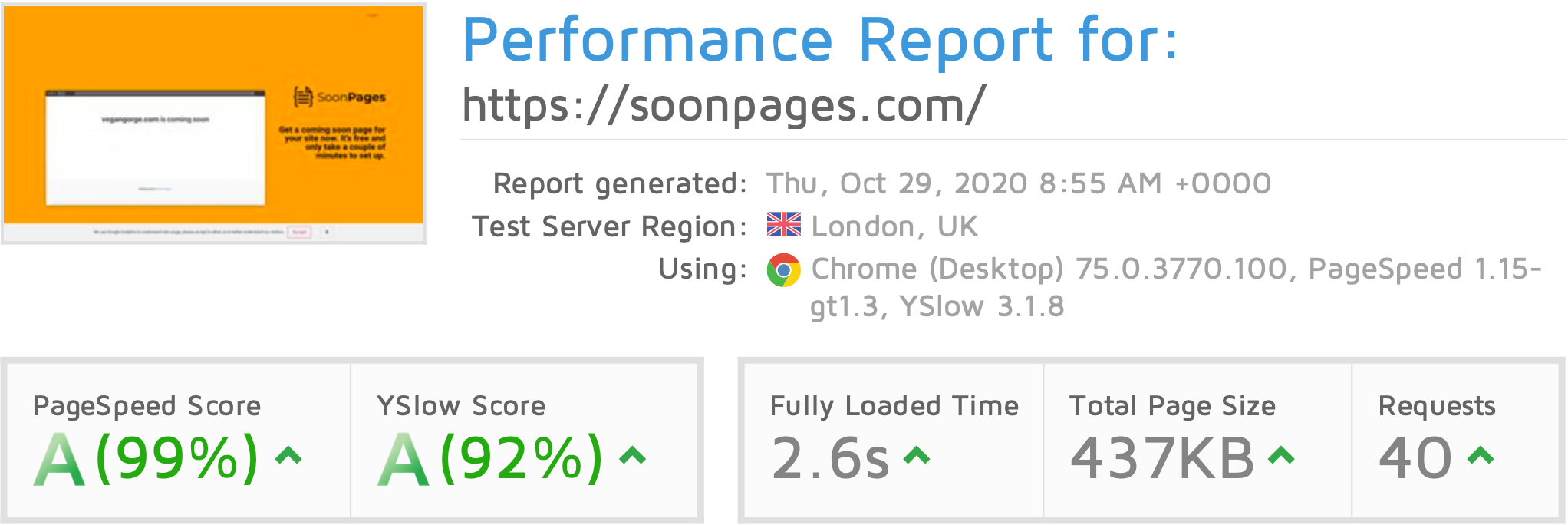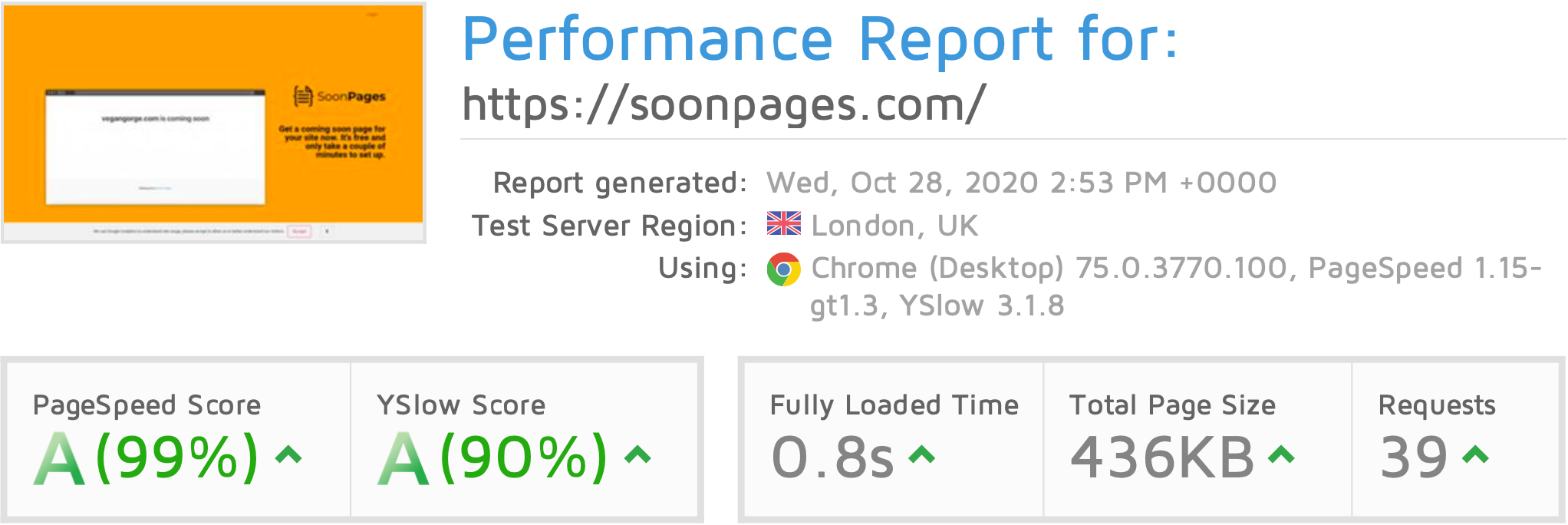It’s really difficult to find a good review of web hosting options, most are swayed by affiliate programmes and other activities or by those repeating others’ experience. With that in mind I wanted to do some real world tests to understand performance of just a couple of hosting providers.
If you’re looking to host a wordpress site then you generally have three options:
- Classic cPanel hosting – typical hosting with a cPanel management console running on a server, either shared, VPS or dedicated. Namecheap, Hawk Host, and Known Host fall into this category.
- Managed WordPress hosting – where the provider has created a WordPress-specific offering like EasyWP, Kinsta, or WP Engine.
- Server Management hosting – where you couple a Linux server with a management platform like RunCloud, or Cloudways.
Classic cPanel hosting and Managed WordPress hosting are generally the simplest to get started with; of the two, cPanel hosting tented to be significantly cheaper but the quality is highly variable. There is a large range of managed WordPress hosting, Namecheap’s EasyWP tends to be at the lower end of the market and Kinsta and WP Engine at the top end – I thought I’d start by checking out the low end first to see how far my money would take me.
Server Management hosting is an interesting one, it has the potential to provide great performance at a lower price point; the key negative being the technical experience required to get set up and the additional management overhead. This is the case because you generally bring your own virtual server and use a management service to deploy web applications. Bringing your own virtual server means you can pick the right size for you.
Testing
With all this in mind I decided I’d test Namecheap’s hosting offerings against a VPS running on Linode with RunCloud as the management platform. The Linode server is a 2GB machine for $10 per month and I’m using RunCloud’s Basic plan which is $80 per year. So, all in all that’s $200 pa.
For the Namecheap testing I picked the Stellar Plus plan costing around $60 pa. While it seems a little unfair to pit the Linode/RunCloud solution against Namecheap, I have quite a few small sites that get very few hits so I wanted to see whether I could save a significant amount of cash by moving over to Namecheap – saving $20-40 pa wasn’t really going to be worthwhile.
The test site I use is a simple WordPress site with Elementor Pro with Hello for the template. I chose this specifically because it’s common page builder and provides a good view of performance, obviously a well coded custom theme would perform better on both hosts. A few other plugins were installed, Wordfence being the only one likely to negatively impact performance – but again a few common plugin to have. The appropriate caching plugin was also use (Litespeed Cache for Namecheap and RunCloud Hub for RunCloud).
Results

I used GTMetrix to test the performance, load time for Namecheap was 2.6 seconds, load time with Linode and RunCloud was 0.8 seconds! Firstly, that’s an incredibly good result for the Linode/RunCloud option, but frankly 2.6 seconds isn’t bad for a saving of $140 per year!

If you’re interested, time to first byte with Linode/RunCloud was 106ms, Namecheap was 475ms.
Conclusion
As you can see, you can get some really incredible performance with a small server from Linode and make management of that server easier with a service like RunCloud. If you’re looking for something cheap and straightforward then Namecheap is a perfectly acceptable option, performance is decent and reliability has been fine. I’m looking forward to testing out Kinsta and WP Engine soon to see how they stack up as a premium WordPress host.